- The off-road variant of the Ioniq 5 has more ground clearance and all-terrain tires.
- Restyled front and rear bumpers improve approach and departure angles.
- A retuned suspension comes with new off-road drive modes.
- Pricing starts at $56,875 with destination.
2025 Hyundai Ioniq 5 XRT First Drive: Taking Some of Its Range Off-Road
The versatile Ioniq 5 adds another skill to its résumé
Happily, we are at the stage where EVs are evolving beyond being simple short-range runabouts or showcases for raw speed and breathtaking acceleration. They're becoming part of the everyday car space, and there's perhaps no better example of that than the 2025 Hyundai Ioniq 5. It's not prohibitively expensive, but it still packs in the features, driving range and performance we've come to expect from EVs costing twice as much, and it even has a performance-oriented variant, the Ioniq 5 N, that has the distinction of being the first EV that's genuinely fun to drive. Where do we go from here? Off the beaten path, of course. Meet the Ioniq 5 XRT.
So what is the XRT?
The simple answer is: It's a more rugged Ioniq 5. Hyundai hasn't gone to town on a wild suspension redesign, rally-inspired tech (like you'll find in the Ford Mustang Mach-E Rally) or some quad-motor setup à la the Rivian R1S. In fact, its modifications over a regular Ioniq 5 are relatively minor. Through a combination of a suspension lift and the addition of slightly taller all-terrain tires, the XRT sits only an inch higher than the standard model: 7 inches vs. 6 inches.
But ground clearance doesn't matter much if you can't get past the front bumper, so it, along with the rear bumper, has been reprofiled to allow for better approach and departure angles. Gone, too, are any superfluous decorations to further minimize damage from a dirt berm. And those recovery hooks sticking out of the bumper are the real deal; they'd be right at home on a Tacoma TRD Pro. The bumpers are embossed with a sort of digital camouflage, giving them some much-needed texture and helping them look a bit more purposeful than just smooth black plastic covers.
Since the battery pack is already well protected, as it is on every EV, there's no additional underbody armor on the XRT. However, changes have been made to the XRT's driving modes. There's a new Terrain Mode button on the lower spoke of the steering wheel. Pressing this displays a choice of Snow, Mud and Sand modes, each with a slightly different stability control and throttle pedal sensitivity profile. The parameters are predictable, with Snow being the most conservative, Sand allowing the most dynamic leeway, and Mud being somewhere in the middle. Regardless of the mode, the power distribution is fixed at a 50-50 split between the axles.
Off the road
Before starting off, it is important to clarify that the XRT is not really a sort of Mach-E Rally type of setup. Hyundai fully admits that the XRT is more geared toward easily traversing gravel and dirt roads to access campsites or just a nice vista point, not for maximum hoonage like the Ford. It's also not a rock crawler, either. But none of that means it isn't fun.
A lot of credit for the XRT's prowess on dirt and sandy trails falls squarely onto the all-terrain tires. Wrapped over steely-esque aluminum wheels, the Continental CrossContacts are surprisingly adept at digging through loose surfaces, and with a bit of extra steering angle, they have much more grip than I anticipated. While the shocks have been modified to cope with the suspension lift and to handle a bit more action, they aren't noticeably softer, nor do they allow for a lot of suspension travel. That's something to keep in mind as you barrel toward a small whoop or see some tightly packed washboard bumps ahead. Discretion is the better part of valor here.
But that's not to say the XRT can't put a grin on your face. Sand mode allows for quite a bit more lateral movement from the XRT, and turning off as much of the traction control as you can (it's never fully off) lets the XRT kick its tail out quite a bit when exiting slower corners. Even if you're not super quick to correct the steering, the XRT does intervene to straighten things out, but if you stay in it, you'll find yourself skating across the dirt, dialing in a fair bit of correction to keep the nose pointed straight ahead. And thanks to the immediate power delivery of the XRT, you can get up to speed very quickly. While I wish Hyundai gave the XRT the ability to get scandi-flicked into a corner as easily as the Mach-E Rally, you can still have some fun.
If your local fire road will support 80 mph, you can absolutely do that with confidence. Just remember that the XRT's stability control relies heavily on its brakes to keep things straight. So the longer you pound down a wide gravel and sand-covered fire road, the hotter your brakes are going to get. After a few enthusiastic runs down similar roads, there's a familiar whiff of hot brakes in the air. The extra ground clearance and rugged tires give extra peace of mind that clearing a partially buried rock or avoiding a silly cut to your sidewall isn't as likely to happen.
On the road
Because the XRT doesn't differ much at all from the standard Ioniq 5, it's a comfortable and easy EV to drive. Most surprisingly, the all-terrain tires don't significantly affect ride comfort or interior noise levels. Only on rougher paved roads is there a noticeable uptick in road noise, but after over 100 miles on highways, I'd be hard-pressed to tell the XRT apart from the regular Ioniq 5.
As with any EV, your main concern is with your driving range. And as you'd expect, with the XRT's all-terrain tires and a slightly less sculpted front end, range does drop when compared to an Ioniq 5 equipped with all-wheel drive and the larger battery pack. Hyundai reckons the Ioniq 5 SE/SEL equipped with all-wheel drive and the larger 84-kWh battery is good for 290 miles, while the Limited trim, and its larger wheel-and-tire package, is good for 269 miles. For the XRT, that number drops a bit further to 259 miles. For comparison, the Ioniq 5 N is rated to do 221 miles, we but achieved 253 miles in our real-world Edmunds EV Range Test. Unlike the 5 N, the XRT's power output is unchanged and matches the standard car's 320 horsepower.
Pricing and all that
In the Ioniq 5 lineup, the XRT (Xtreme Rugged Terrain, really) sits above the SE and SEL but below the Limited. Starting at $56,875, that puts the XRT a few thousand dollars over the SEL and a few thousand under the well-appointed Limited. As fully loaded as the XRT comes, I'd really like to see it get a more distinctive interior. All of the XRTs at my test drive had the same black-on-black scheme inside and didn't offer any differentiation from the standard model save for a few XRT badges on the seats and the door panels. And while I know Hyundai is going for a more utilitarian look to the XRT (see the basic, unadorned wheels and textured black bumpers) the door toppers and dashboard feel too basic and inexpensive for something at this price. A little suede and contrasting stitching would go a long way.
What the XRT does get all to itself, other than the styling tweaks, are two unique colors. Cosmic Blue Pearl and Ultimate Red Metallic will come online later in the year but will add a welcome splash of color to the fairly monochromatic palette currently on offer. If you like the look, then go for it. The XRT is as good as any other Ioniq 5.
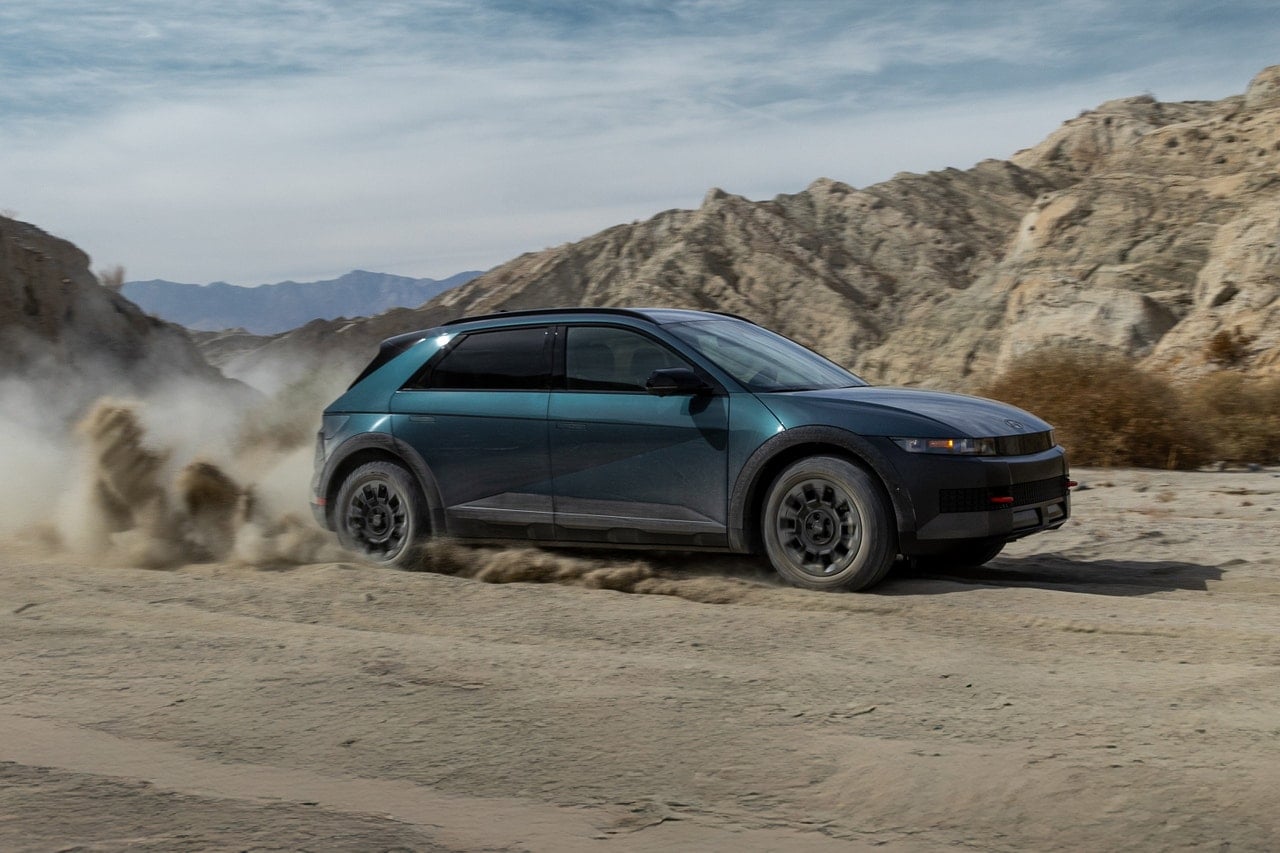



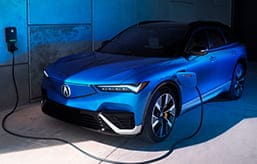
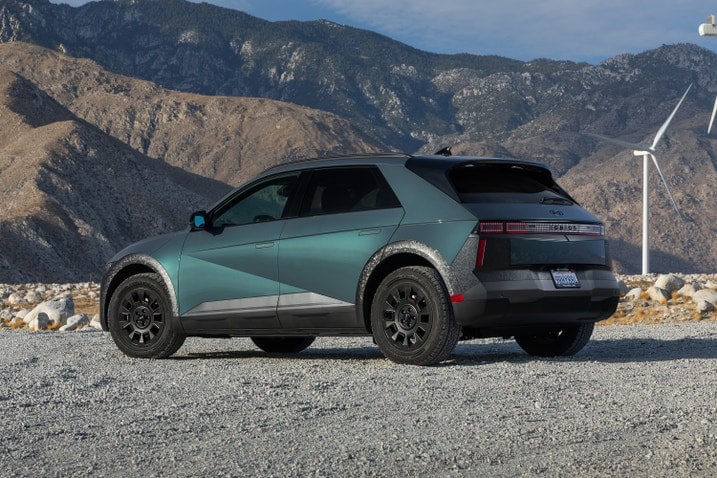
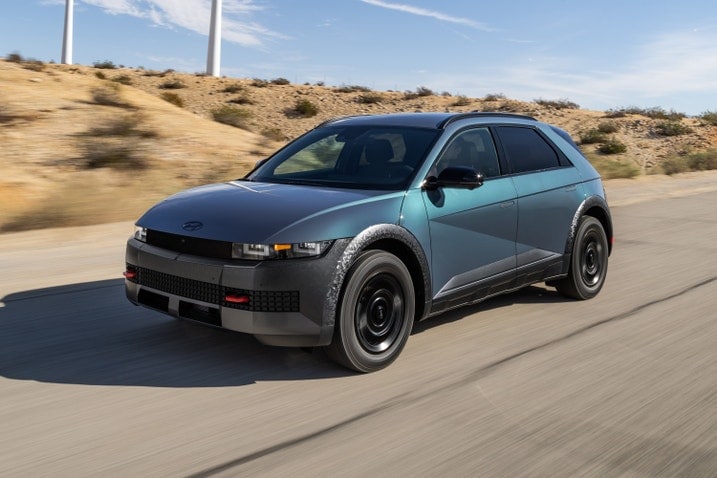

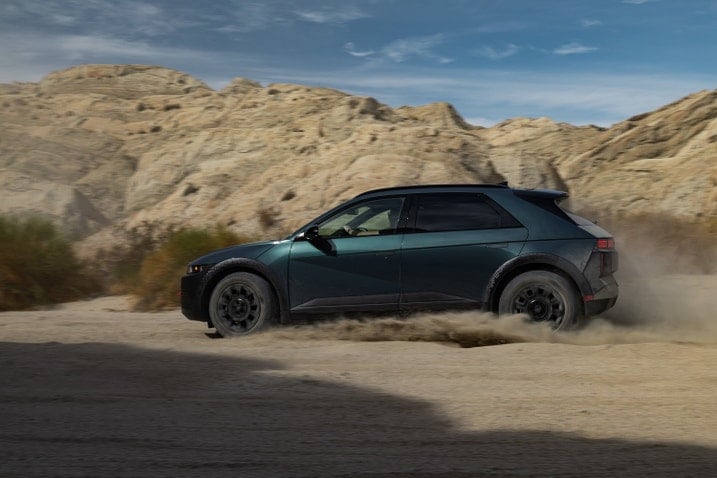
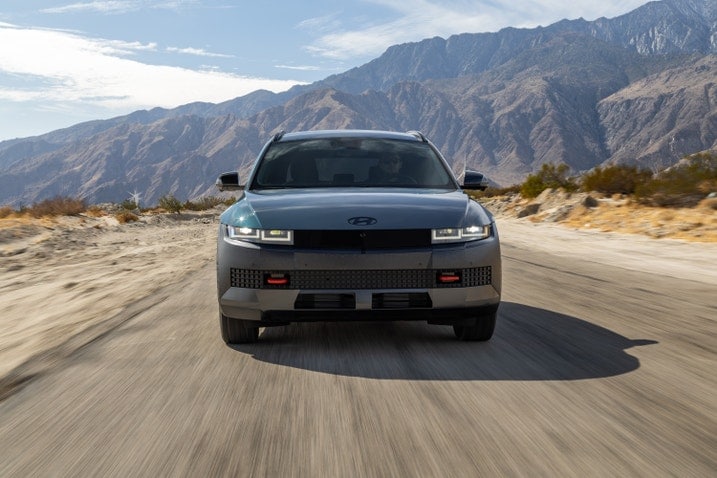
 by
by  edited by
edited by